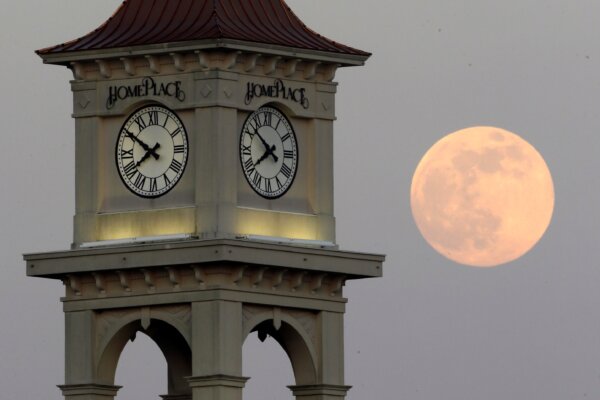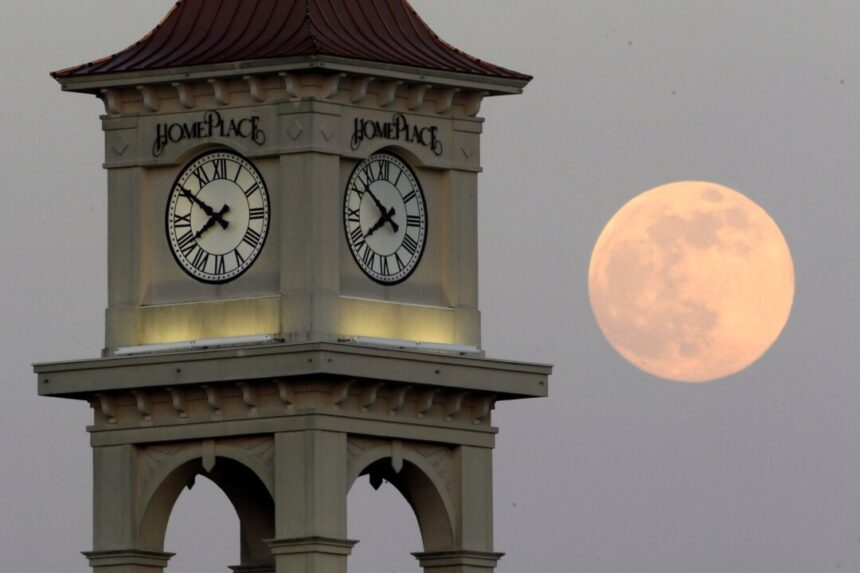
WASHINGTON—NASA is looking to revolutionize timekeeping by creating a unique clock system for the moon. This new system will provide a distinct frame of reference for time on the lunar surface, where time moves slightly faster than on Earth, by 58.7 microseconds per day. In response, the White House has directed NASA and other U.S. agencies to collaborate with international partners to develop a moon-centric time reference system.
Kevin Coggins, NASA’s top communications and navigation official, explained, “An atomic clock on the moon will tick at a different rate than a clock on Earth. It’s important to establish a unique timekeeping system for each celestial body like the moon or Mars.”
As a result, all operations on the moon will be synchronized with the accelerated moon time. This precision is crucial for modern high-tech systems that rely on precise timing, unlike during previous moon missions when timing was less critical.
Last year, the European Space Agency called for a unified timekeeping standard for the moon, where a lunar day equals 29.5 Earth days. While the International Space Station will continue to use coordinated universal time (UTC) in low Earth orbit, NASA is tasked with determining the transition point for the new space time system.
Unlike Earth, the moon will not observe daylight saving time. NASA has been instructed to present a preliminary proposal by the end of the year and finalize the plan by the end of 2026. The agency aims to send astronauts around the moon in September 2025 and establish a lunar landing mission within the following year.




